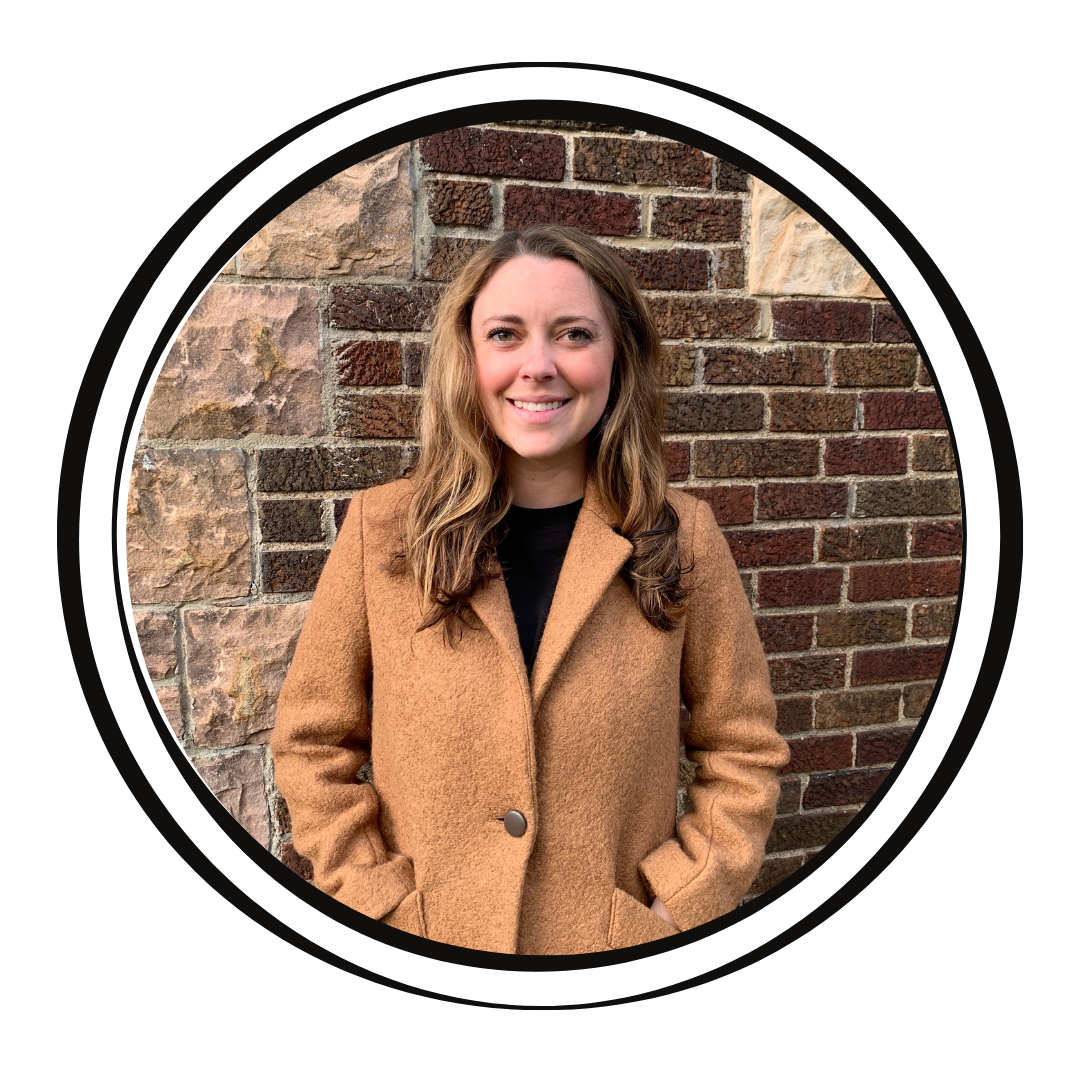By Erin Anderson and Maggie Adams featuring Elly Tate
One of our favorite parts of doing business is finding partners that we trust and using them as much as possible. Tone Tree is one such partner. Erin met the founder Shawn Fowler back in 2010 when she worked at Amazon Music and he was distributing the Civil Wars. Who would have guessed that more than a decade later we would still be working closely together on music we love? A few years ago, Shawn brought Elly Tate on board at Tone Tree and we have loved working with her ever since. Elly is the organizational backbone of Tone Tree, in charge of wrangling assets from artists, meeting deadlines, and setting up clients for success by covering all of the logistical bases. During her time in the music industry, she has worn hats including manager, business management, agent assistant, and now distribution coordinator. Elly is well-versed in artist relations and organization, which makes her a huge asset to our team. As a part of our on-going mission for music business education, we asked Elly some of your questions about distribution, and she thoughtfully answered them for you.
If you’re an independent artist looking for a distributor, what you’re really doing is starting to build your own label.
1. How long of a lead time do we need to put a single out?
I’d recommend delivering 3-5 weeks ahead of the release date, though depending on which online distributor you use (Tunecore, CD Baby, Distrokid, etc.) they may have different guidelines. Each release ultimately goes through a review process before it’s sent to DSPs, so allowing for a longer lead time gives you space to
Address any edits/corrections that the review process kicks back
Ensure that your release goes live with all DSPs at the same time (each platform has a different turnaround time once sent)
Utilize the Spotify for Artists Pitch Tool, which is available up to seven days ahead of your release.
Getting assets together can sometimes be out of your control, so my best advice is to work ahead and give yourself time for master revisions, artwork revisions, and other unexpected delays before delivery. And it’s not a big deal to shift your plans. The most important thing is that you’re happy with the final product!
2. What timeline is optimal for putting out an album and/or a single?
Digital distribution is a singles-driven market, but we’ve found that most programmers still like to see projects culminating in EPs and albums. For that reason, we recommend releasing several singles spaced 3-7 weeks apart ahead of a full project. Each single is an opportunity to build momentum around the release, grow your numbers, and get in front of curators for potential playlist placement. Sometimes we’ll release as many as six singles ahead of a ten song album if that makes sense for the rest of the artist & team.
3. What should we look for in a distributor?
If you’re an independent artist looking for a distributor, what you’re really doing is starting to build your own label. Look for someone who loves your music, understands your goals for the future, and can confidently communicate your story to the folks at Spotify, Apple, Amazon Music, Pandora, etc. There are tens of thousands of songs released in the U.S. each week, so a good distributor will be someone that programmers look to week after week for suggestions of what to pay attention to.
4. What does Tone Tree look for in artists?
First and most importantly, we have to love the music. From there, we’ll consider several other factors. Do we love the music and feel that we could have playlisting success with it (sometimes the answer is no!)? Do we have space in our schedule to give the release the right amount of attention, and does the artist’s ideal timeline work with ours? We’re a small company that is hyper-focused on the artists we work with, so balancing our calendar is an important part of doing our job well.
One of my favorite parts of my role at Tone Tree is being involved in the early stages of release strategy. Shawn & I both love to work closely with artists from the start of a project to map out a plan and help them connect with other team members (like PR) if needed. For that reason, we choose not to work on one-off singles or projects that are already partially released.
5. Do some distribution companies help get songs placed on Spotify playlists?
Yes, some do! But places like Tunecore, CDBaby, DistroKid, Ditto and others are aggregators, so they do not. The value-add of working with a company like Tone Tree is that we will both get your music on DSPs and, through our relationships, be your advocate at places like Spotify, Apple, and Amazon Music that curate playlists with high listenership. This is different from submitting your music to third-party playlisters, though we do have a few partners in that space as well. It’s worth mentioning that no distributor should guarantee playlist placements. A distributor's role is to pitch the music, but it’s ultimately up to the programmers to make the final call.
Thanks to Elly and Shawn for being our partners and contributing to our efforts in educating, supporting, and believing in artists! Go check them out @tonetree or at their website www.tonetreemusic.com, and give their roster a listen on all the DSPs.



